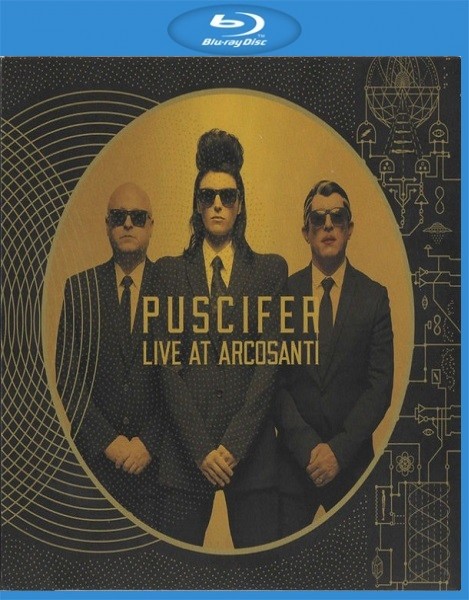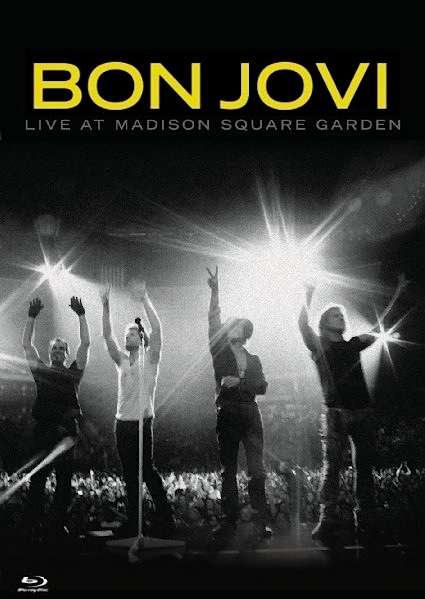![Takács Quartet - Britten: String Quartets Nos 1, 2 & 3 (2013) [Official Digital Download 24bit/88,2kHz] Download](https://imghd.xyz/images/2022/09/12/MSHgBrc.jpg)
Takács Quartet – Britten: String Quartets Nos 1, 2 & 3 (2013)
FLAC (tracks) 24 bit/88,2 kHz | Time – 01:15:53 minutes | 1,24 GB | Genre: Classical
Studio Masters, Official Digital Download | Digital Booklet, Front Cover | © Hyperion Records
‘Arguably the greatest string quartet before the public today’ (The Sunday Times), the Takács Quartet have recorded much of the great Classical and Romantic quartet repertoire during their fruitful career. Now they turn to three masterpieces of the twentieth century.
The three quartets span the composer’s life, the first written in America and the second written at the height of Britten’s fame after the premiere of Peter Grimes. It was written to commemorate the 250th anniversary of Purcell’s death—a composer who was a lifetime inspiration to Britten—and the last movement is cast in the form of a huge Chacony. The third Quartet was written at the end of Britten’s life and refers specifically to his last opera, Death in Venice. Peter Pears described this haunting work as being ‘of a profound beauty more touching than anything else, radiant, wise, new, mysterious—overwhelming’.
Benjamin Britten’s string quartets, although stylistically of a piece with his other music, are rather thorny works, lacking the extramusical references that are generally central to his musical language. They seem inward, mysterious. The last two of the three official quartets (there were also some youthful works) end with sizable contrapuntal movements that it’s hard to get an emotional fix on; the last work, written in 1975 a year before Britten’s death, is a sort of valediction for his career. What this music needs is not “interpretation,” but straightforward and expert playing, and that’s just what it gets here from the Takács Quartet, which played these quartets in an enthusiastically received recital in London and then soon afterward recorded them, with the Wyastone Estate concert hall so beloved of Hyperion’s engineers providing an ideal sonic backdrop. Hear the opening of the first quartet, composed in the U.S. in 1941, for an example of both the recording’s interpretive virtues and its sonic ones. The extended combination of high, dissonant tones in the violins and viola with cello pizzicatos rings out beautifully in the concert hall and serves notice that although the quartet is in D major and has four movements, its structure will be anything but conventional. The Takács executes this difficult sound cleanly and does not overdo it, letting the music speak for itself. So it goes through the Purcell-influenced String Quartet No. 2 in C major , Op. 36 (1945), and then often-transcendent String Quartet No. 3, Op. 94. Recommended, and likely to support the argument that these works should be heard in quartet recitals more often than they are. –AllMusic Review by James Manheim
Tracklist:
01. Takács Quartet – String Quartet No. 1 in D major, Op. 25: I. Andante sostenuto – Allegro vivo (08:25)
02. Takács Quartet – String Quartet No. 1 in D major, Op. 25: II. Allegretto con slancio (02:59)
03. Takács Quartet – String Quartet No. 1 in D major, Op. 25: III. Andante calmo (08:50)
04. Takács Quartet – String Quartet No. 1 in D major, Op. 25: IV. Molto vivace (03:56)
05. Takács Quartet – String Quartet No. 2 in C major, Op. 36: I. Allegro calmo senza rigore (08:03)
06. Takács Quartet – String Quartet No. 2 in C major, Op. 36: II. Vivace (03:43)
07. Takács Quartet – String Quartet No. 2 in C major, Op. 36: III. Chacony: Sostenuto (15:05)
08. Takács Quartet – String Quartet No. 3, Op. 94: I. Duets: With moderate movement (05:49)
09. Takács Quartet – String Quartet No. 3, Op. 94: II. Ostinato: Very fast (03:08)
10. Takács Quartet – String Quartet No. 3, Op. 94: III. Solo: Very calm (04:33)
11. Takács Quartet – String Quartet No. 3, Op. 94: IV. Burlesque: Fast, con fuoco (02:17)
12. Takács Quartet – String Quartet No. 3, Op. 94: V. Recitative and Passacaglia (La Serenissima): Slow (09:00)
Download:






![Takács Quartet, Clarice Assad and Julien Labro – Takacs Assad Labro (2024) [Official Digital Download 24bit/88,2kHz]](https://imghd.xyz/images/2024/03/10/tbefl6ovi66rc_600.jpg)
![Garrick Ohlsson, Takács Quartet – Elgar & Beach: Piano Quintets (2019) [Official Digital Download 24bit/96kHz]](https://imghd.xyz/images/2023/10/12/svgq2uyh82wma_600.jpg)
![Takacs Quartet – Beethoven Complete String Quartets (2017) [Official Digital Download 24bit/48kHz]](https://imghd.xyz/images/2023/10/12/0002894831517_600.jpg)
![Takács Quartet – Felix & Fanny Mendelssohn: String Quartets (2021) [Official Digital Download 24bit/96kHz]](https://imghd.xyz/images/2023/08/29/gi2tro7iapvna_600.jpg)
![Takács Quartet – Dvořák: String Quartet, Op. 106; Coleridge-Taylor: Fantasiestücke (2023) [Official Digital Download 24bit/192kHz]](https://imghd.xyz/images/2023/08/29/krsx3bmehmxma_600.jpg)
![Takács Quartet – Hough, Dutilleux & Ravel: String Quartets (2023) [Official Digital Download 24bit/96kHz]](https://imghd.xyz/images/2023/02/06/034571284002.png)
![Marc-André Hamelin, Takács Quartet – Franck: Piano Quintet; Debussy: String Quartet (2016) [Official Digital Download 24bit/96kHz]](https://imghd.xyz/images/2023/02/04/J0tabtU.jpg)